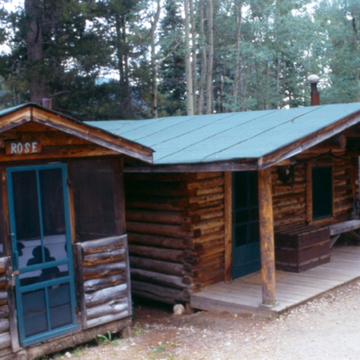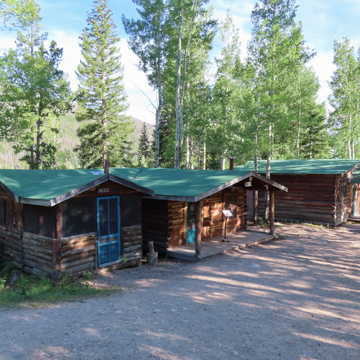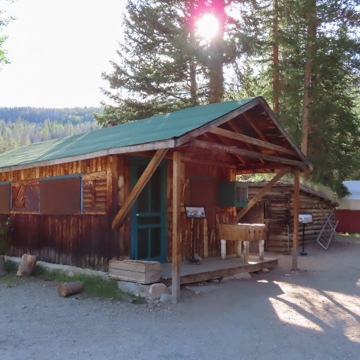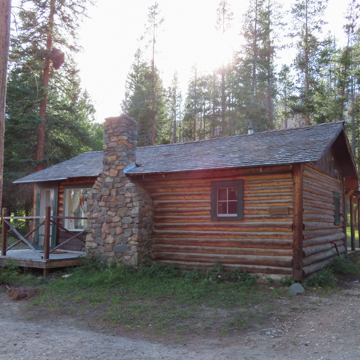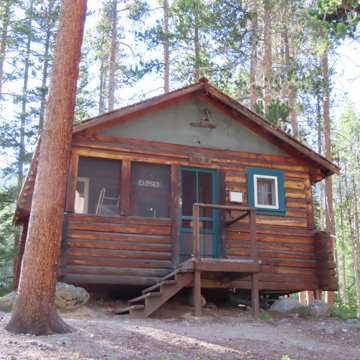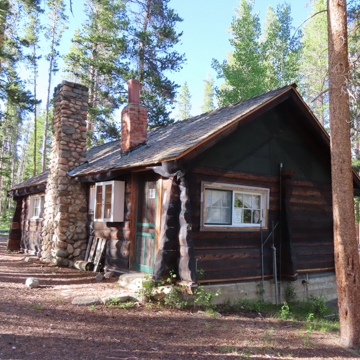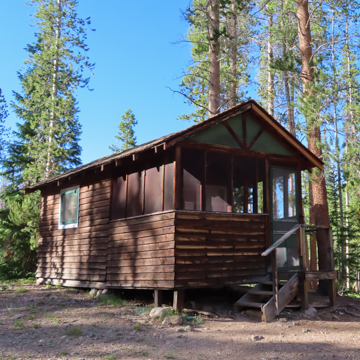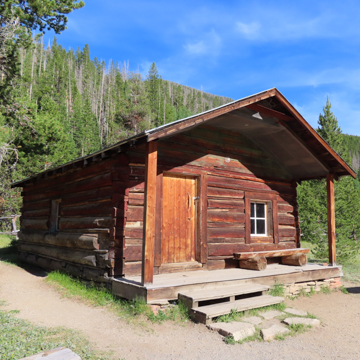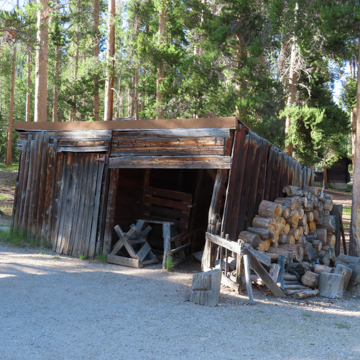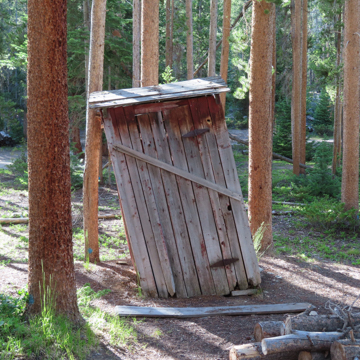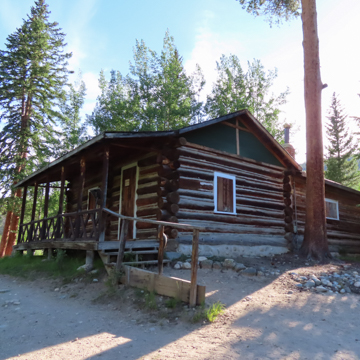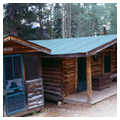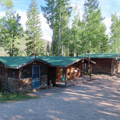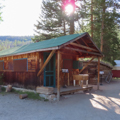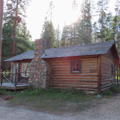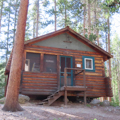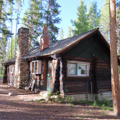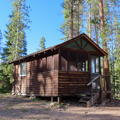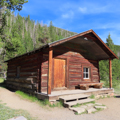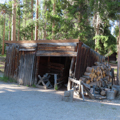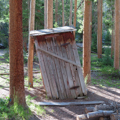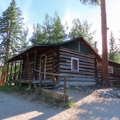John Holzwarth, Sr., a Denver saloonkeeper forced out of business by statewide prohibition in 1916, homesteaded here in 1917. When the Fall River Road to Rocky Mountain National Park opened in 1920, the
You are here
Holzwarth Ranch Historic District
1917. 8 miles north of Grand Lake on Trail Ridge Rd. (NR)
If SAH Archipedia has been useful to you, please consider supporting it.
SAH Archipedia tells the story of the United States through its buildings, landscapes, and cities. This freely available resource empowers the public with authoritative knowledge that deepens their understanding and appreciation of the built environment. But the Society of Architectural Historians, which created SAH Archipedia with University of Virginia Press, needs your support to maintain the high-caliber research, writing, photography, cartography, editing, design, and programming that make SAH Archipedia a trusted online resource available to all who value the history of place, heritage tourism, and learning.














